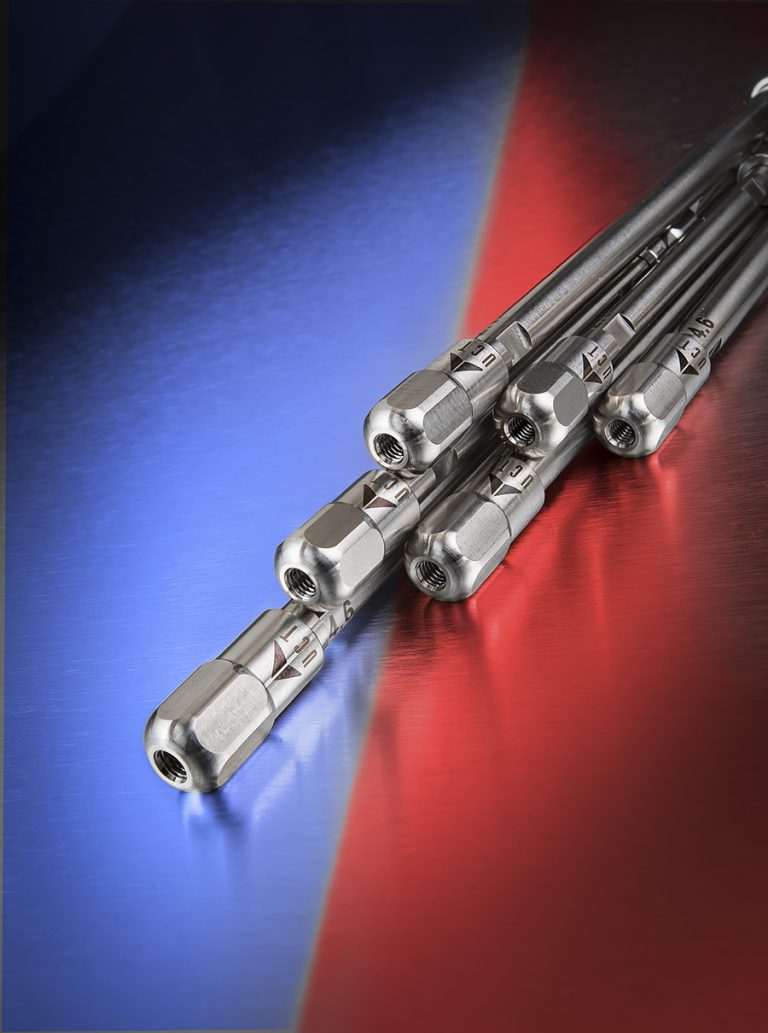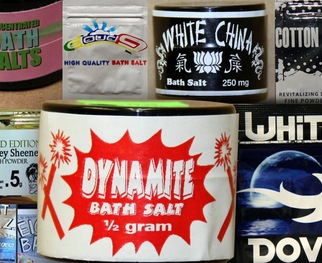UCT SPE Column and Derivatizing Reagent Cited in Warfarin UKIAFT Presentation
Forensic entomotoxicology relies upon xenobiotic accumulation within feeding insects from typically deceased individuals who have been administered a drug prior to death. Warfarin is the most widely used anticoagulant globally, prescribed for the prevention of thromboembolism disorders such as deep vein thrombosis. This wide consumption of warfarin means the likelihood of the drug being encountered when toxicologically analyzing insects is inevitable. Calliphora vomitoria, also known as the blue bottlefly, is one of the most common species initially encountered on a corpse in the United Kingdom.
In a presentation by Richard L. Harries et al., at United Kingdom and Ireland Association of Forensic Toxicologists (UKIAFT) annual meeting in Dublin, Ireland, UCT’s long chain C30 solid phase extraction sorbent (SPE) was employed to analyze drugs in bottlefly larvae. The research aimed to determine whether varying concentrations of warfarin impacts the development of blue bottlefly larvae and to determine whether warfarin levels in this organism can be correlated to drug concentrations in tissues eaten by the larvae.
Sample preparation from the larvae was performed by freezing the larvae with liquid nitrogen, crushing the frozen larvae and then adding methanol. Ibuprofen was added as the internal standard. SPE was performed using UCT’s C30 (200 mg) extraction columns. After extraction and evaporation, the samples were derivatized with 50µL of TMPAH. Semi-quantification of warfarin from the larvae was performed with gas chromatography-mass spectrometry (GC-MS) using a 30.0m x 0.25mm x 0.25µm film thickness GC column with the mass spectrometer run in selected ion monitoring (SIM) mode.
A significant statistical difference (confidence interval: 95%) was only observed in larvae after 96 hours with a p-value of 0.00216 for weight and a p-value of 0.013824 for length recorded. Larvae reared on the highest concentration of 50.00mg/kg were recorded as having the largest average weight and length after 96 hours. Although the warfarin could not be identified in the GC-MS results, the ibuprofen internal standard was identified. The blue bottlefly larvae appeared to exhibit an increased development rate prior to 96 hours after consuming higher concentrations of warfarin. Significance was not found to be maintained in data collected after the initial 96 hours.
This presentation demonstrates the use of long chain SPE in non-human forensic toxicology studies and their use in the forensic sciences.






